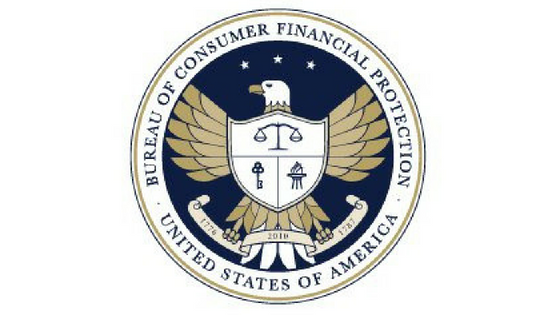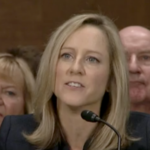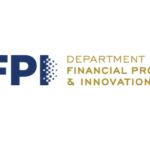The Bureau of Consumer Financial Protection has announced that it will issue a proposal to re-write its policy regarding the issuance of No-Action letters, which provide assurances to regulated companies that the agency will not take legal action if a new product or service is found to have violated consumer protection laws.
The original policy was issued nearly three years ago, but only one No-Action letter has been issued in that time, according to the BCFP. The letters were meant to spur innovation in the financial services industry by offering guarantees that the agency would not take legal action against a regulated company for a product or service that provided a benefit to consumers. A bureau No-Action letter signifies that bureau staff has no present intent to recommend initiation of supervisory or enforcement action against a particular product or service from a particular entity.
ACA International obtained a copy of the new proposed policy, which is being broken down into two parts.
“The bureau believes this strongly suggests that both the process required to obtain a No-Action Letter and the relief available under the 2016 Policy have not provided firms with sufficient incentives to seek No-Action Letters from Bureau staff,” the new proposed policy obtained by ACA International states. “The bureau is proposing to streamline the process of applying for a No-Action Letter by eliminating several elements it believes to be redundant or unduly burdensome, such as a commitment to data-sharing. Similarly, the bureau’s review of applications for a No-Action Letter would be streamlined to focus on the quality and persuasiveness of the application, with particular emphasis on the potential benefits of the product or service in question for consumers, the extent to which the applicant identifies and controls for potential risks to consumers, and the extent to which no-action relief is needed.”
The policy will streamline the process for applying for a No-Action letter as well as its review process, “to focus on the quality and persuasiveness of the application, with particular emphasis on the potential benefits of the product or service in question for consumers, the extent to which the applicant identifies and controls for potential risks to consumers, and the extent to which no-action relief is needed.”
Companies would also no longer be required to share data with the BCFP as part of its receipt of a No-Action letter.
Under Part II of the policy the agency would create the BCFP Product Sandbox, which would provide the same relief under Part I of the new policy, but also add two other forms of relief.









